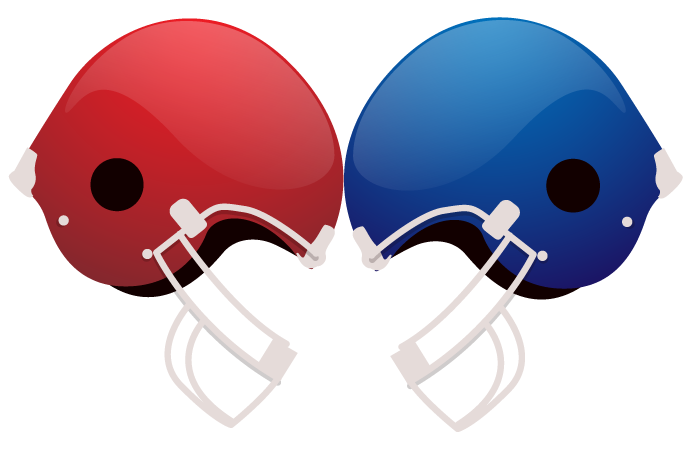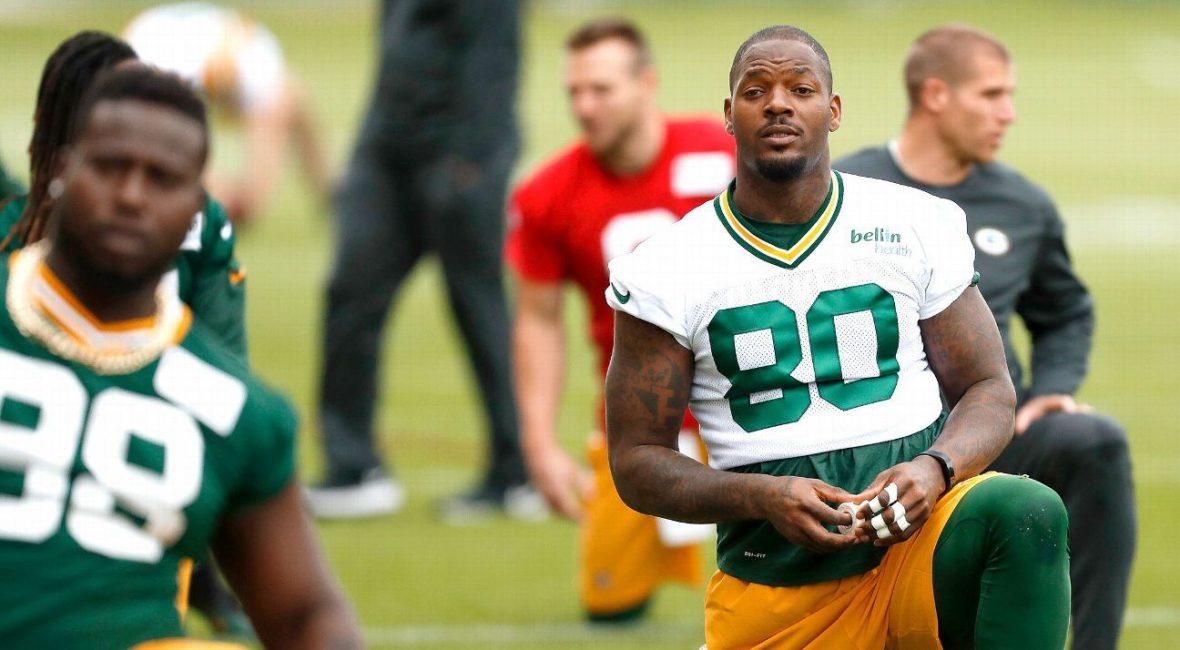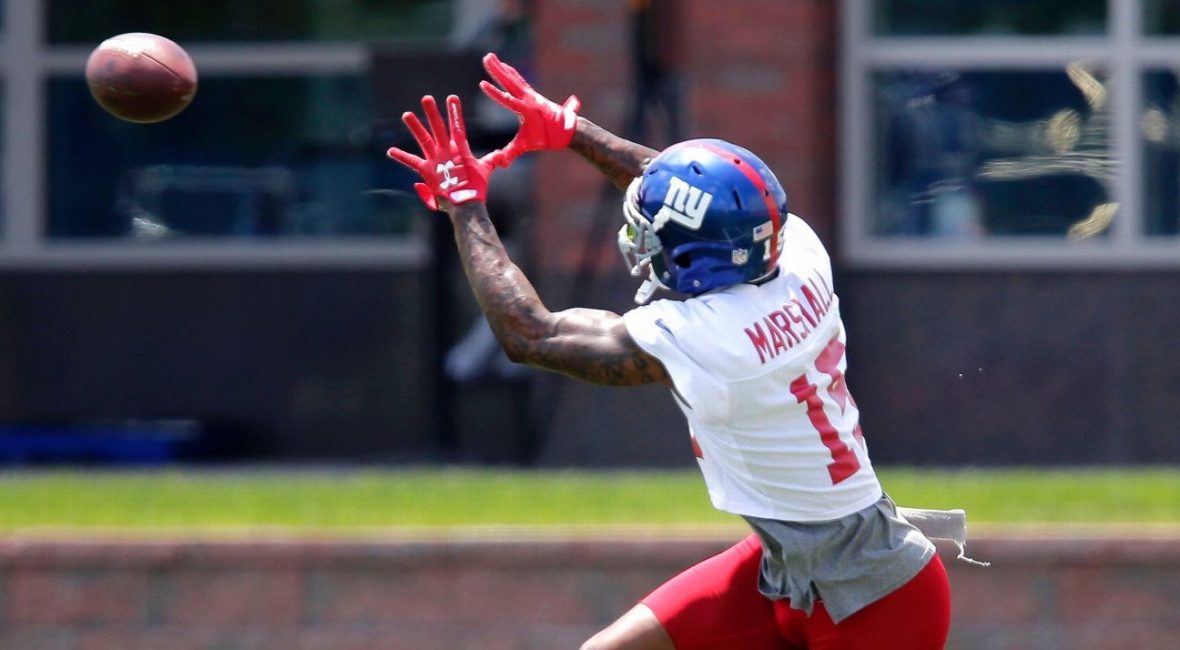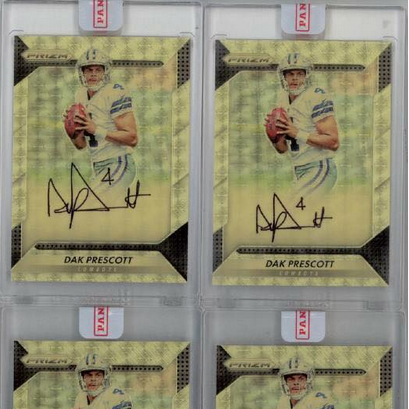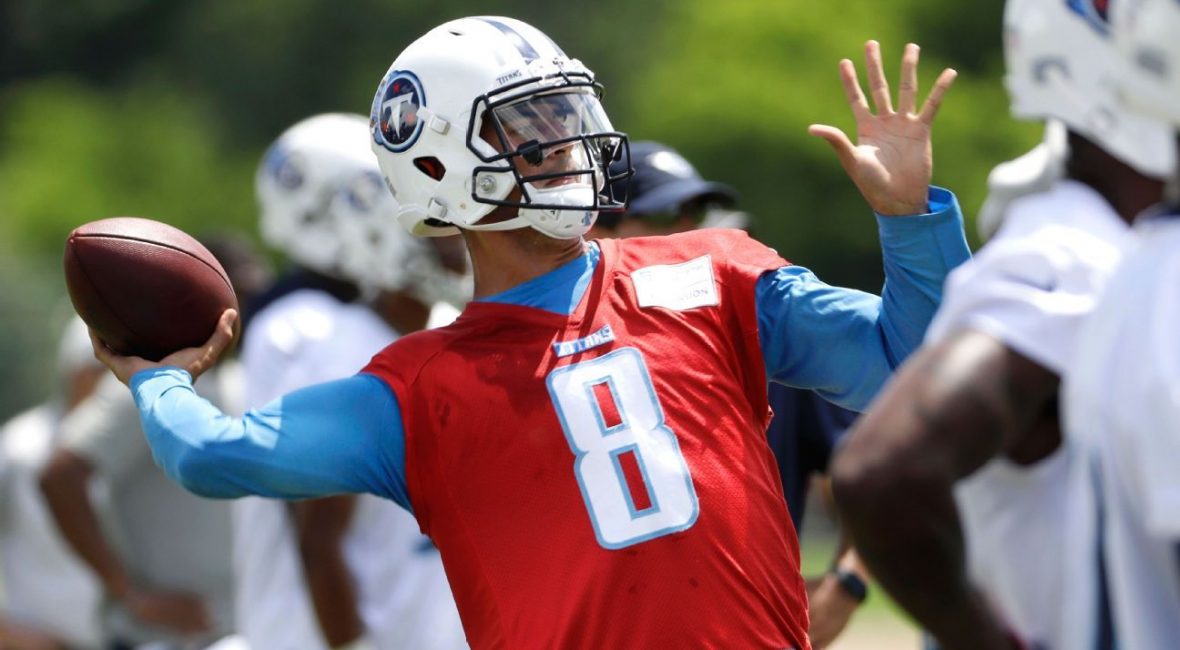Our NFC North reporters take a look at which of the new faces could make the biggest impact in the division.
Rob Demovsky, Green Bay Packers reporter: The Minnesota Vikings’ running back. Or I should say running backs. Latavius Murray proved in Oakland that he can be a workhorse with 461 carries over the past two seasons. Add second-round pick Dalvin Cook — one of the top running backs in the draft — and the Vikings might have replaced Adrian Peterson better than anyone could have expected. The Murray-Cook combination should take pressure off quarterback Sam Bradford, who badly needed help from the running game last season.
Jeff Dickerson, Chicago Bears reporter: Martellus Bennett. The veteran tight end should be a huge weapon for Aaron Rodgers in Green Bay. I covered Bennett for three (often unusual) years in Chicago. He’s the ultimate Sunday player. Bennett doesn’t do much at practice, but he shows up ready to play on game day. It sometimes takes two or three defenders to bring him down after the catch. I think Packers fans will appreciate that toughness, and so will Rodgers.
Ben Goessling, Minnesota Vikings reporter: Given what Jared Cook meant to the Packers’ offense during their late-season surge, it was puzzling that GM Ted Thompson didn’t try to re-sign the tight end — until Thompson brought in Bennett. He’s bigger than Cook, has been more productive in his career and came at a price (three years, $21 million) that didn’t require the Packers to overextend themselves. Bennett and Lance Kendricks will join an offense that’s stocked, as usual, with weapons for Rodgers. That’s not a bad idea, in light of how much the Packers are expecting to get from young defensive backs.
Michael Rothstein, Detroit Lions reporter: This is a tough question because there are a lot of players with similar levels of importance, but Minnesota adding Murray might end up being the best signing in the short term (with Cook helping in the long term). Murray is not Peterson, but he’s a durable running back who has averaged 4.2 yards per carry in his career and has 20 touchdowns. He can offer Minnesota stability and balance in the running game and might be an excellent pairing with Cook for the Vikings.

